Museums have long struggled to resist pressure from wealthy donors or sponsors who want to call the shots. How might this play out in a future in which museums loosen their grip on curatorial authority and actively encourage participation in content creation?
Earlier this week, Erik Ledbetter blogged about the possibility that we are entering a New Gilded Age—an era in which museums are funded (or not funded) by the richest 1% of Americans who control as much wealth as the bottom 90% combined. CFM’s Museums & Society 2034: Trends and Potential Futures identified the increasing disparity in the distribution of U.S. wealth as a trend that will have big impact on museums in coming decades. Another trend discussed in that report is the erosion of authority. We live in an age shaped by Wikipedia, when the content of the Web is available via search in an instant and anyone can contribute to this searchable content via their own blog or website. How will this affect the authority traditionally ceded to museums by their audience? Will we continue to be one of the most trusted sources of information, or only one source among many? And how can we respond to the desire, on the part of audiences, to be involved in shaping content?
Either of these trends could be disruptive in their own right. When you consider how they might interact to shape the future, things get downright scary. This was dramatized for me recently when, while travelling, I attended a lecture at a museum.
It was billed, innocuously enough, as a talk about the Egyptian Book of the Dead, a topic in which I am somewhat interested, having absorbed, second-hand an older brother’s infatuation with all things related to ancient Egypt. (Being a little unclear, at that age, on the timeline of history I remember mummifying several of my toy dinosaurs, complete with accompanying canopic jars.)
The lecture began with a very brief introduction—I missed hearing the speaker’s credentials, but assumed it was the usual academic hood waving. Further distraction ensued as some friends arrived late. As they settled in, I pricked up my ears as the speaker introduced some points that seemed a little unorthodox, based on my basic liberal-arts-plus-hefty-dose-of-science education (supplemented by childhood memories of fraternal lectures on Egyptology).
It started with a statement about the Sphinx—I’d never heard that it used to be a figure of Anubis, surrounded by a giant lake, but that sounded plausible. However, the speaker’s points became progressively stranger. Did any credible scholar really believe that the pharaoh Akhenaton (even given his religious unorthodoxy) was, in fact, Moses, and led the Jews out of slavery? Or that laser levels created from rubies were a crucial technology in the construction of the pyramids? Or that the reason mummies are rarely found in pyramids is that they had been teleported out (as replicated, apparently, with recent experiments on rabbits)? I was pretty darn sure that Ancient Egyptians didn’t really ingest precious metals to produce superconductors inside their bodies that conferred extended life and the ability to levitate the Ark of the Covenant.
By this time my friends and I were furiously pecking away at our mobile devices, trying to find sources for some of these bizarre pronouncements (which led us to some interesting and fringy websites). At last, we Googled the speaker himself to find that he was a very wealthy man, in fact a major donor to the museum.
That felt exceedingly awkward. Maybe I missed something in the museum staff’s introduction of the lecturer, but I don’t remember anyone mentioning the connection. I had presumed the speaker was invited based on his expertise and credentials. Did the other members of the audience go away thinking that his statements about lasers and superconductors and teleporting bunnies were endorsed by the museum? That the speaker was, in fact, a trusted source of information? And if they did catch the connection between the speaker and his status as a donor, how did that affect their opinion of the museum’s credibility?
For decades, museums have relied on systems of credentialing and rules of engagement to create firewalls against undue influence. Development of the current national museum standards regarding donor support were prompted by the 1999 “Sensation” exhibit at the Brooklyn Museum (which consisted entirely of works from Charles Saatchi’s private collection), and the attendant accusation that Saatchi wielded undue influence on the content of the exhibit, as well as benefiting personally from the resulting increase in value of the works that were exhibited. The systems and rules many museums erected to guard against such situations may have excluded many valid amateur experts, or discouraged forms of participation that would have won some hearts and minds. But these systems made it easier to say “no” to the subtle or not so subtle pressure from donors to let them call the shots in addition to paying the bills.
Maybe our standards will change over the coming decades, adapting to a new ethical, financial and cultural environment. How can we maintain appropriate boundaries once we admit that boundaries are inherently fluid? Museums are increasingly welcoming Citizen Scientists and Citizen Historians to participate in content creation. We are discussing the need for curators to be moderators, aggregators and mentors, in addition to being content experts. We are experimenting with participatory design, finding ways for people to help us shape the way we present exhibits and programs. There has already been copious debate about how to vet, filter, edit or validate such amateur content. It only gets harder if the amateur being vetted is, in effect, paying your salary.
How can a museum be fair and even-handed about welcoming amateur input, while applying appropriate standards and transparency? Are the wealthy exempt from this avenue of participation? And if not, how can museums ensure that they are not more equal than others? Your thoughts welcome…

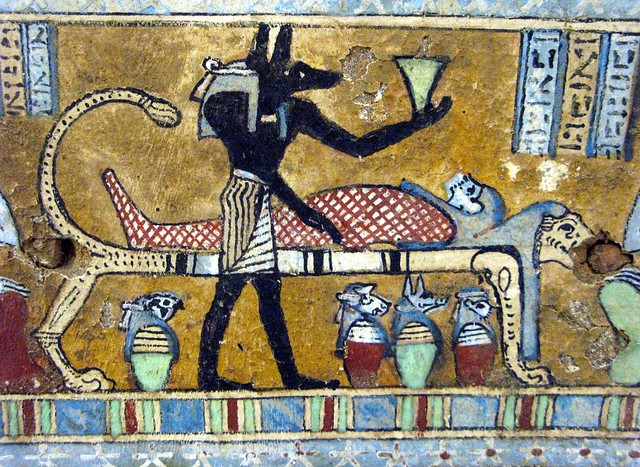




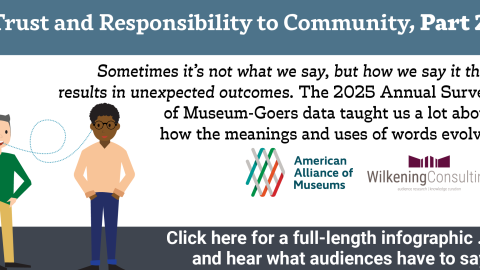
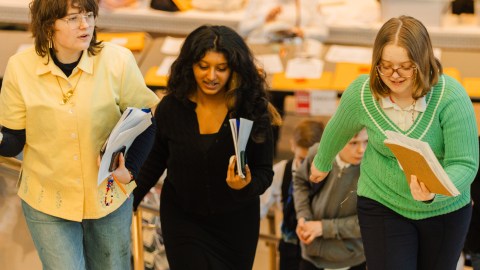
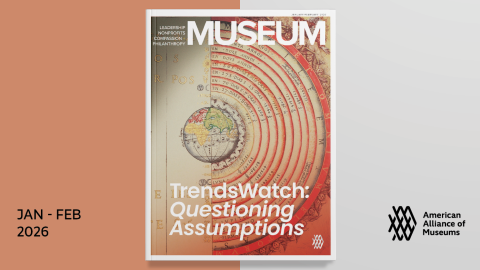
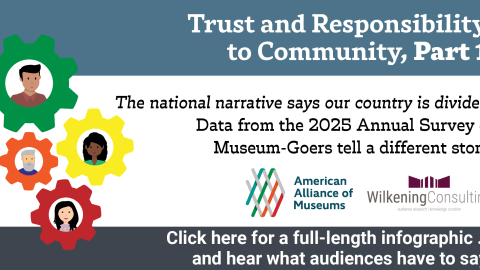
Fascinating concept and interesting illustration with the wealthy, amateur Egyptologist. Historically, the concept of major donors/amateur historians attempting to influence or create museums is not new. Industrial philanthropists established museums across America during the twentieth century based on their various interests and amateur collections. Over time, museum professionals assisted them in gradually improving the curatorship and interpretation to meet the ever-present standards of AAM. The cohort of "new gilded age" philanthropists are simply reinventing the wheel, so to speak.
You can blame the Akenaton/Moses thing on Freud. He said it first, and a variety of Egyptologists in the early 20th century repeated it. No serious scholar now believes it though.
How will this affect the authority traditionally ceded to museums by their audience?
LONDON DECORATORS